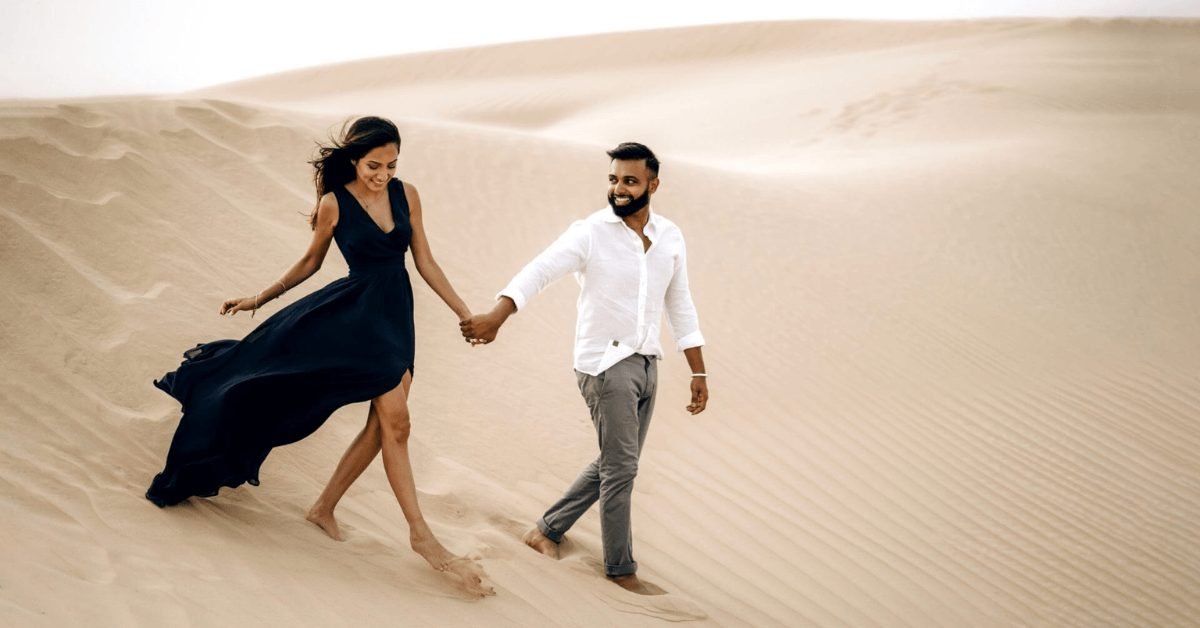Imagine venturing into the expansive deserts of Dubai, surrounded by towering sand dunes, golden hues, and breathtaking landscapes. Desert safaris provide a unique opportunity for photographers to capture stunning images that showcase the beauty and mystique of this remarkable environment. Whether you’re a professional photographer or an enthusiastic beginner, this article will provide you with essential tips and techniques to capture the perfect desert safari Dubai experience through your lens.
A desert safari in Dubai is an extraordinary adventure that presents photographers with an array of captivating subjects and breathtaking scenery. From vast sand dunes and mesmerizing patterns to ethereal lighting and unique wildlife, the desert offers a wealth of opportunities to create remarkable photographs. In this article, we will explore the essential tips and techniques that will enable you to capture the essence of a desert safari Dubai experience and create stunning images that reflect the beauty and grandeur of this extraordinary landscape.
Essential Equipment for Desert Safari Photography
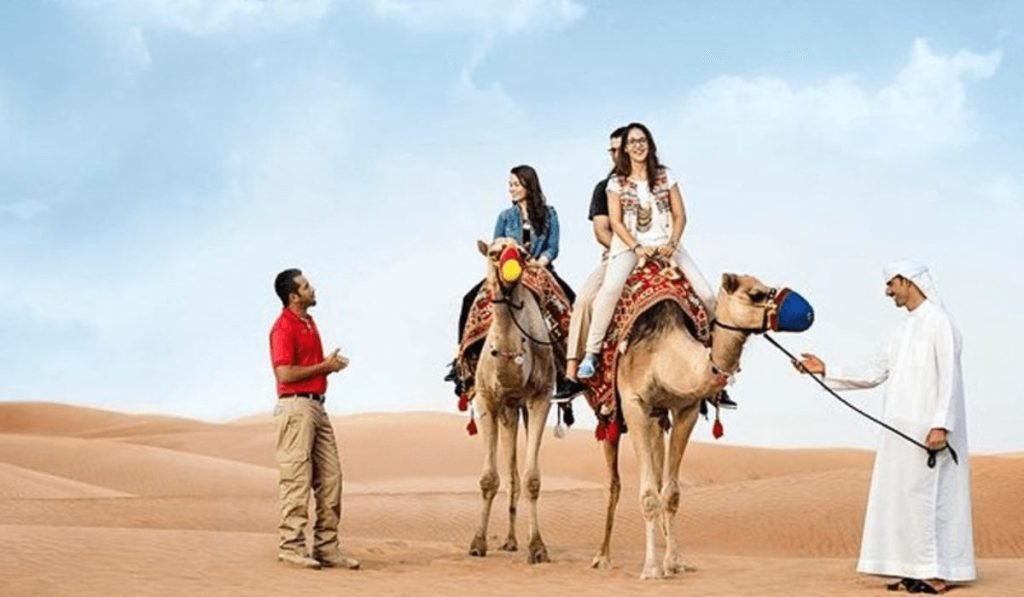
Before embarking on your desert photography expedition, it’s crucial to ensure you have the right equipment. A sturdy DSLR camera or a mirrorless camera with interchangeable lenses is highly recommended. Invest in a wide-angle lens to capture the expansive vistas of the desert and a telephoto lens to photograph wildlife from a distance. Additionally, carry a sturdy tripod to ensure stability in the sandy terrain. Don’t forget to pack extra batteries and memory cards to accommodate extended shooting sessions and ensure you don’t miss any remarkable moments.
Understanding Lighting in the Desert
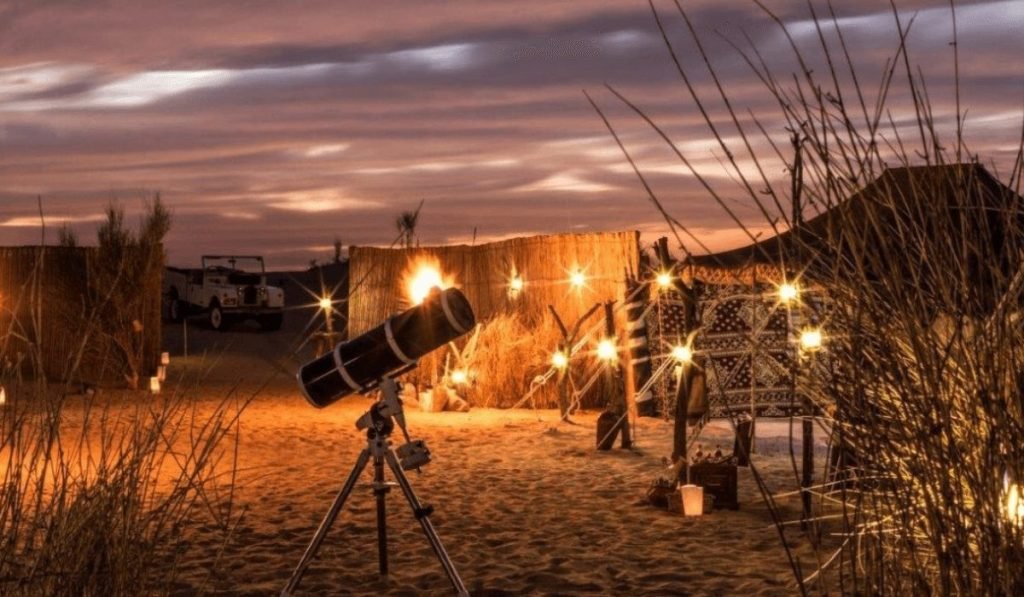
Lighting plays a crucial role in any form of photography, and the desert offers a unique canvas for exploring the interplay of light and shadow. The golden hour, which occurs shortly after sunrise and before sunset, bathes the desert in soft, warm light, creating a magical atmosphere. Take advantage of this time to capture the stunning colors and textures of the landscape. During midday, when the sun is harsh and casts strong shadows, consider shooting abstracts or focusing on details like sand patterns. Adapt your exposure settings to compensate for the extreme brightness and contrast of the desert environment, and experiment with different angles to capture the interplay of light and shadow.
Composition Techniques for Desert Photography
Composition is an essential aspect of photography that can transform a good photo into an exceptional one. When framing your desert shots, consider the rule of thirds, which involves dividing the frame into a grid of nine equal parts and placing key elements along the intersecting lines. This technique helps create a sense of balance and visual interest. Experiment with leading lines, such as the curves of the dunes or the tracks left by desert vehicles, to draw the viewer’s eye into the image. Incorporate foreground interests, such as desert flora or interesting rock formations, to add depth and context to your photographs. Look for unique perspectives and angles to capture the vastness and grandeur of the desert, and don’t be afraid to experiment and think outside the box.
Capturing the Vastness and Silence of the Desert
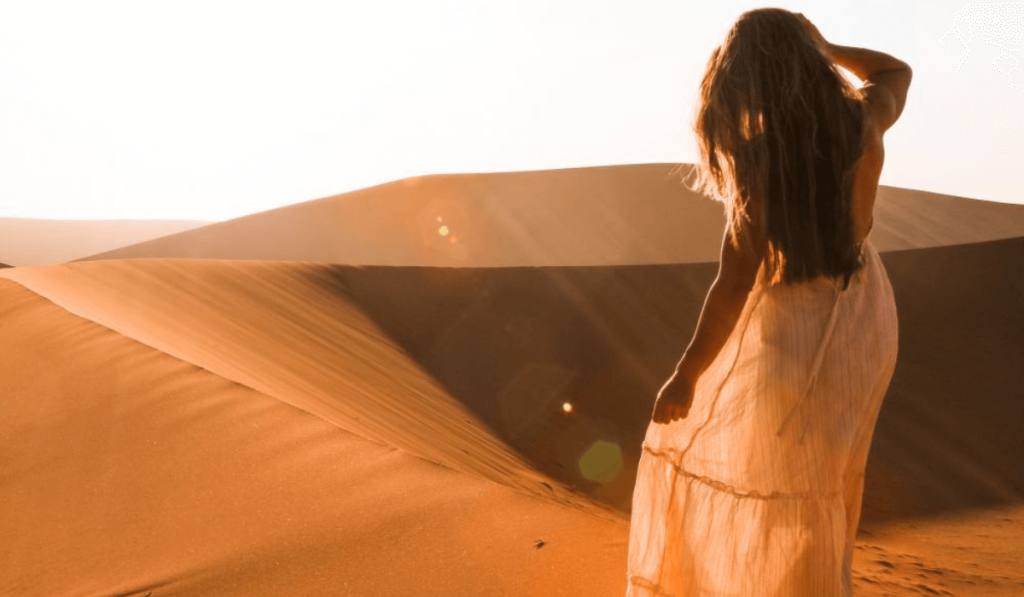
One of the most awe-inspiring aspects of the desert is its vastness and silence. To convey these elements through your photography, consider incorporating negative space into your compositions. Negative space refers to the empty areas surrounding your subject and can help emphasize its isolation and the vastness of the desert. Experiment with positioning lone subjects, such as a camel or a person, against the expansive backdrop of the desert to create a sense of scale. Use wide-angle lenses to capture the sweeping vistas and include elements that convey the stillness and tranquility of the desert environment.
Photographing Desert Wildlife
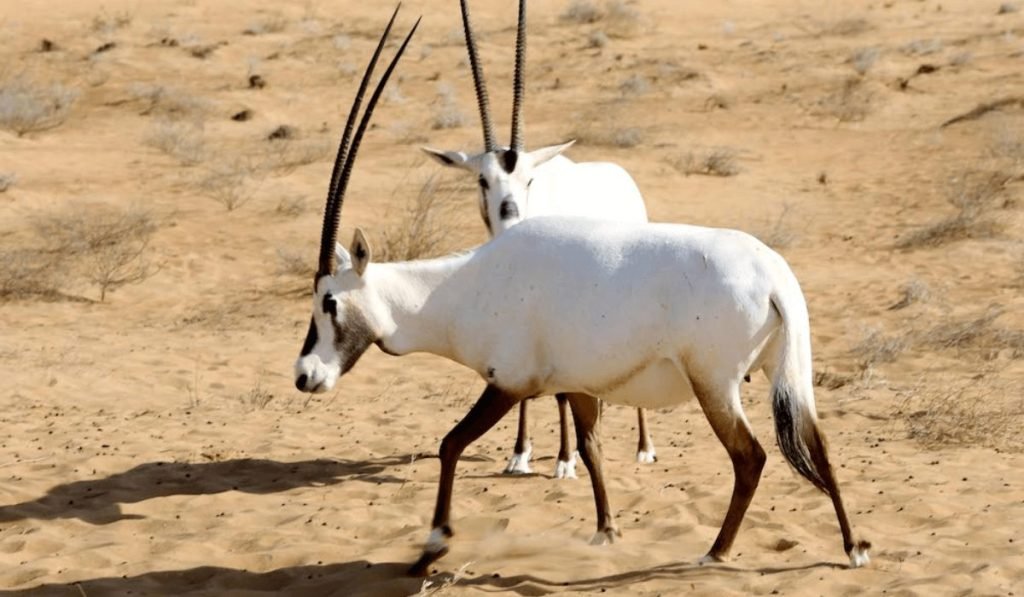
The desert is home to a diverse range of wildlife, including unique species that have adapted to harsh conditions. When photographing desert wildlife, it’s essential to approach with respect and maintain a safe distance to avoid disturbing their natural behavior. A telephoto lens will be indispensable in capturing detailed shots of elusive creatures such as the Arabian oryx, desert foxes, and birds of prey. Patience is key when photographing wildlife, so take your time and observe their behavior to anticipate captivating moments. Remember to prioritize the well-being of the animals and adhere to ethical guidelines for wildlife photography.
Creating Dramatic Sunset and Sunrise Shots
Sunsets and sunrises in the desert are nothing short of breathtaking. The warm hues and dramatic skies provide a fantastic opportunity for capturing stunning photographs. To create dramatic sunset and sunrise shots, consider using long exposures to capture the movement of clouds or the trails of stars. Experiment with graduated filters to balance the exposure between the sky and the foreground. Bracketing can also be useful in ensuring you capture the full dynamic range of the scene. Scout for suitable locations in advance and plan your shoot accordingly, taking into account the direction of the light and the desired composition.
Using Silhouettes to Enhance Desert Photos
Silhouettes are a powerful tool in photography, especially in the desert where the contrast between light and shadow is pronounced. When shooting during sunrise or sunset, position your subject in front of the sun to create a striking silhouette against the vibrant sky. This technique adds a sense of mystery and drama to your images, emphasizing the shapes and contours of the subjects while capturing the rich colors of the desert sky. Experiment with different subjects, such as people, camels, or desert vegetation, to create captivating silhouettes that evoke the spirit of the desert.
Capturing the Desert’s Textures and Patterns

The desert is a treasure trove of intricate textures and mesmerizing patterns that can add depth and interest to your photographs. Get up close and personal with the desert landscape to capture the subtle details and unique textures of sand ripples, dune patterns, and intricate designs found in desert flora and fauna. Utilize macro lenses or close-up filters to reveal the intricate beauty of the desert’s smallest elements. Explore the play of light and shadow on the textures and experiment with different angles and compositions to highlight the intricate details that make the desert a visual wonderland.
Overcoming Challenges of Desert Photography
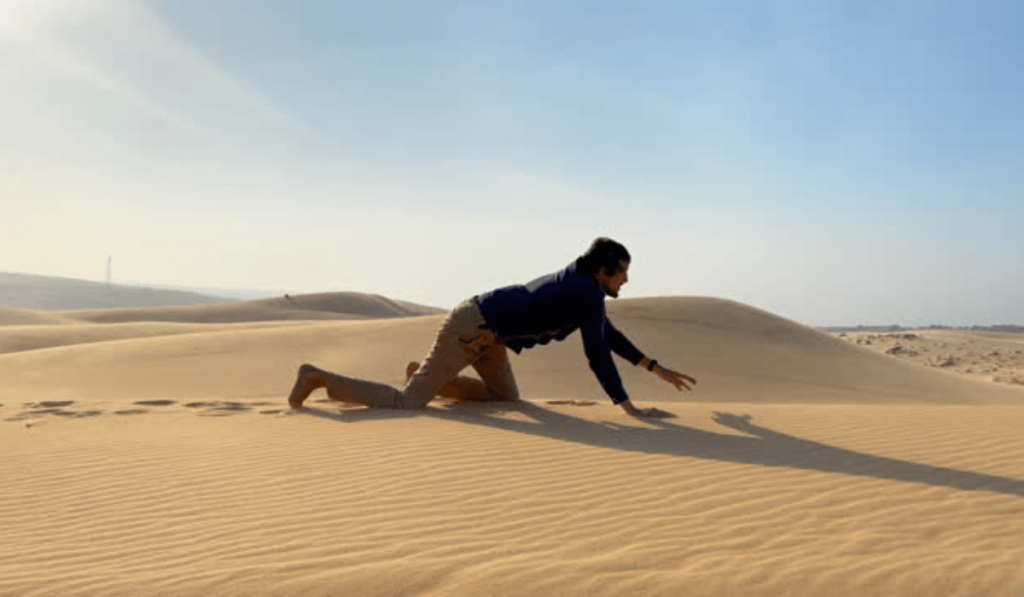
Photographing in the desert presents its own set of challenges. Extreme temperatures, sand intrusion, and changing light conditions can all impact your equipment and the quality of your shots. It’s essential to protect your gear by using protective covers or sealed camera bags to shield it from sand particles. Avoid changing lenses in sandy environments and carry a small blower or brush to remove any dust or debris from your equipment. Keep yourself hydrated and protected from the sun by wearing appropriate clothing and sunscreen. Be prepared to adapt to changing light conditions by adjusting your camera settings accordingly, and always have a backup plan in case weather conditions become unfavorable.
Post-processing Tips for Desert Photos
Post-processing plays a significant role in enhancing your desert safari photographs. Start by organizing your images and selecting the best shots from your collection. Use editing software to adjust exposure, contrast, and saturation to bring out the vibrant colors of the desert. Fine-tune the white balance to ensure an accurate representation of the natural tones. Sharpen the details and reduce noise while maintaining a natural and authentic look. Experiment with different styles and effects to create a unique visual signature for your desert photographs. Remember, the goal is to enhance your images while maintaining the integrity and authenticity of the scene you captured.
Sharing and Showcasing Your Desert Safari Dubai Experience
After capturing your extraordinary desert safari Dubai experience, it’s time to share and showcase your photographs with the world. Utilize social media platforms like Instagram and Facebook to share your best shots and engage with a community of fellow photography enthusiasts. Create a dedicated website or blog to showcase your desert photography portfolio and share your experiences in detail. Participate in photography contests and exhibitions to gain recognition and exposure for your work. Embrace the opportunity to connect with other photographers and learn from their experiences. By sharing your desert safari Dubai journey, you can inspire others and foster a greater appreciation for the beauty of the desert.
Safety Precautions for Desert Photography
Photographing in the desert requires careful consideration of safety precautions to ensure a successful and enjoyable experience. Start by researching and familiarizing yourself with the specific rules and regulations of the desert area you plan to visit. Always carry a sufficient supply of water to stay hydrated and protect yourself from dehydration. Wear appropriate clothing to shield yourself from the sun’s harsh rays, including a wide-brimmed hat and sunglasses. Be mindful of the terrain and potential hazards, such as uneven surfaces and hidden rocks. Inform someone of your photography plans and expected return time, especially if you venture into remote areas. By prioritizing safety, you can focus on capturing incredible photographs without compromising your well-being.
Ethical Considerations for Wildlife Photography
When photographing wildlife in the desert, it’s crucial to approach the subject with respect and prioritize their well-being. Maintain a safe distance from animals to avoid causing stress or disturbing their natural behavior. Avoid using bait or any form of interference to manipulate their actions. Be patient and observe the animals from a distance, allowing them to move naturally within their environment. Refrain from touching or handling any wildlife you encounter. By adhering to ethical guidelines, you contribute to the conservation of the desert’s delicate ecosystem and ensure the welfare of its inhabitants.
Conclusion
Embarking on a desert safari Dubai experience offers photographers an incredible opportunity to capture the beauty and mystique of the desert landscape. By following the essential tips and techniques outlined in this article, you can enhance your photography skills and create stunning images that encapsulate the grandeur and allure of the desert. Remember to plan your expedition carefully, understand lighting conditions, experiment with composition techniques, and respect the wildlife and environment. Through your photographs, you can share the mesmerizing beauty of the desert and inspire others to appreciate and protect these remarkable landscapes.

